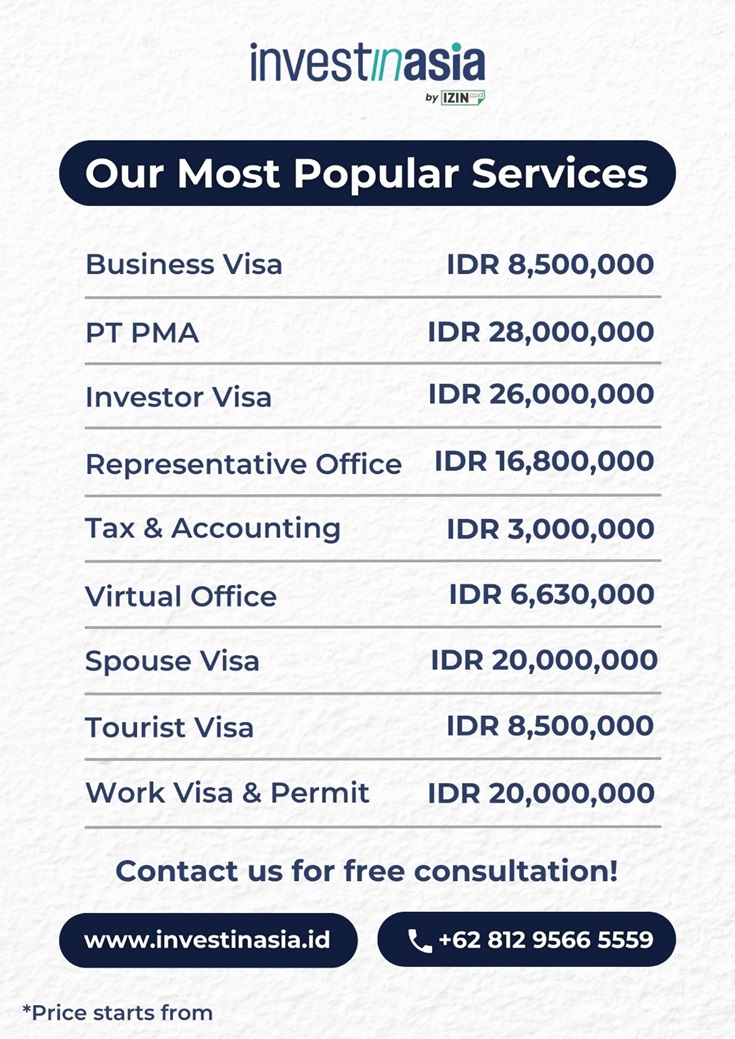Indonesia’s automotive industry is poised for remarkable growth, driven by increasing GDP, rising car ownership, and strong export potential. As the largest vehicle producer and market in Southeast Asia, Indonesia offers vast opportunities for manufacturers, suppliers, and exporters.
With favorable government policies, a thriving domestic market, and ambitious GDP projections for 2030, the country is set to become a hub for automotive innovation and production in the region.
Also read: Major Industries in Indonesia (Based on Contribution to GDP)
Indonesia Automotive Industry Outlook


The automotive industry in Indonesia is a cornerstone of its economy, contributing 10.16% to the national GDP (Anggraeni, 2018). As Southeast Asia’s largest economy, Indonesia is a major player in the region’s automotive sector, ranking as the 5th largest passenger vehicle producer in Asia and the 17th globally in 2017, with 0.98 million vehicles produced (Wright, 2018). The country’s exports of automotive products currently exceed imports, reflecting a competitive and growing sector (Amelia, 2014).
The market is heavily dominated by Japanese brands, which account for over 96% of sales. Multi-Purpose Vehicles (MPVs) are particularly popular, making up 68% of passenger cars sold. This preference aligns with Indonesia’s family-oriented culture and three-row vehicle design appeal (Ipsos, 2020).
Also read: 10 Reasons Why You Should Invest in Indonesia
Automotive Growth Opportunities in 2030
Indonesia’s automotive industry has immense growth potential, especially with an anticipated increase in GDP per capita. According to Rachmat Kaimuddin, Deputy for Infrastructure and Transportation Coordination at the Coordinating Ministry for Maritime Affairs and Investment, Indonesia’s car ownership ratio is currently low, standing at 82 units per 1,000 people.
In comparison:
- Thailand, with a GDP per capita of US$7,000, has a car ownership ratio of 280 per 1,000 people.
- China, where the GDP per capita is US$13,000, has a car ownership ratio of 221 vehicles per 1,000 individuals.
If Indonesia’s GDP per capita rises to US$10,000 by 2030, car ownership could potentially reach 150 to 200 units per 1,000 people. This growth indicates a significant opportunity for automotive manufacturers and investors in the coming years.
Indonesia is already the largest vehicle producer and market in Southeast Asia. In 2023, 571,000 vehicles were exported to over 90 countries, with key markets including:
- ASEAN countries (54% of total exports)
- The Middle East (18%)
- North America (15%)
- South America (6%)
- East Asia (4%)
- Africa (1%)
These figures highlight Indonesia’s potential to become a regional export hub, particularly for the passenger car market.
Also read: Top Foreign Investors in Indonesia (by Country and Continent)
Automotive Business Opportunities in Indonesia
Foreign investors find Indonesia attractive due to its growing middle class, rising car ownership, and favorable export-import balance. Opportunities abound in:
- Manufacturing and Assembly: Many global brands operate local assembly plants through joint ventures, leveraging Indonesia’s competitive labor market.
- Component Production: The government encourages high local content manufacturing, presenting opportunities for suppliers.
- Exports: In 2023, over 40% of domestically produced vehicles were exported, demonstrating robust export capabilities.
Regulatory Environment
Indonesia’s regulatory framework supports local manufacturing and foreign investment:
- Import Taxes: Luxury cars face a 10% import tax, while vehicles from outside free trade zones face up to 50% tariffs.
- Low-Cost Green Cars (LCGC): Tax incentives exist for fuel-efficient cars with high domestic content, fostering eco-friendly initiatives.
- Joint Ventures: Most foreign manufacturers collaborate with local partners to meet regulatory requirements and tap into local expertise.
Also read: Indonesia Investment Incentives: Government Support for Foreign Businesses
Leading Automotive Companies in Indonesia


Below are some of the leading automotive companies in Indonesia:
- Toyota Astra Motor (TAM): A dominant force in the market, TAM has consistently led sales with models like the Toyota Avanza and Toyota Kijang Innova.
- Astra Daihatsu Motor (ADM): The largest manufacturer in Indonesia, ADM’s facilities can produce up to 530,000 vehicles annually.
- Honda: Known for its best-selling Honda Brio, Honda has a strong presence in the passenger vehicle segment.
- Suzuki and Mitsubishi: These brands have a significant share in the light truck and SUV categories.
Also read: Can a Foreigner Own 100% of a Business in Indonesia?
How to Start an Automotive Business in Indonesia
To establish an automotive business in Indonesia, follow these steps:
- Market Research: Understand local consumer preferences, such as the demand for MPVs.
- Form a Legal Entity: Register as a Foreign Investment Company (PT PMA) in compliance with Indonesian law.
- Obtain Necessary Licenses: Secure a manufacturing or trading license from the Ministry of Industry.
- Engage with GAIKINDO: Membership in this key industry association is crucial for networking and staying updated on regulations.
The Indonesian automotive industry is a rapidly growing sector with a number of investment opportunities. If you are considering starting a automotive business in Indonesia, there are a number of resources and support services available to help you get started.
InvestinAsia is among the companies that specialize in aiding you with Indonesia company registration. We boast a team of seasoned experts who can guide you throughout the process of:
- Foreign company / PMA registration in Indonesia
- Indonesia representative office registration
- PT PMDN Set Up
- Virtual office setup in Indonesia
- Business registration number in Indonesia
- Indonesian Business Licenses
- Indonesia Trademark Registration
If you are interested in starting a automotive business in Indonesia, you can start by contacting us for FREE consultation.
Indonesia’s automotive industry offers immense potential for foreign businesses, driven by robust domestic demand, favorable government policies, and strong export capabilities. With a GDP per capita projected to rise significantly by 2030, car ownership is set to increase, further boosting the industry’s growth. Companies seeking to invest should prioritize understanding market dynamics, navigating regulatory requirements, and forging strategic local partnerships to succeed.
Article sources:




